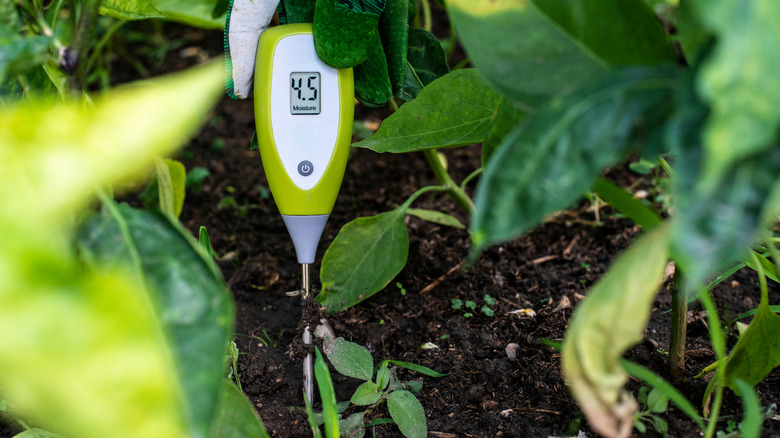Are Home-Based Soil Testing Kits Really Accurate? Here's What We Know
Soil testing is the simple secret that keeps gardens blooming and lawns looking lush. To know the soil is to know the life it nourishes. That is where home-based soil testing kits can help. They are easy to use, tell you what your soil needs, and can even help you identify and treat nutrient deficiencies in plants like a gardening pro. But many people ask if home-based soil testing kits are really accurate? People often wonder how precise these kits really are, especially when it comes to measuring things like soil pH, fertility, and nutrients.
Short answer? Home-based soil testing kits offer ballpark estimates. But their accuracy generally falls short of laboratory standards. Take, for instance, soil pH. Inexpensive kits can typically estimate soil pH within a one-unit range of the laboratory value. Sounds pretty good, right? But where the true value falls within that range can have a massive impact on the growth of certain plants. Also, when it comes to measuring fertility parameters like nutrient levels in the soil, these tests often fail to match lab results.
And if you know anything about plant nutrients, they have to be just right. You can't have too little or too much. Also, there are countless home-based soil testing kits on the market, and the variability between their results makes the accuracy of these kits even more suspicious. That is where knowing how they work can help.
Why home soil test kit accuracy varies so much
Most home soil test kits are based on colorimetric testing. It is just a fancy word for color-based chemistry. All you have to do is mix soil with water to make a sort of slurry and add the reagent (chemical). Then, compare the resulting color to a chart with color-coded pH and nutrient levels. And that is where the low accuracy of these home-based soil kits comes in. To cut costs and keep things simple, most kits rely on one-size-fits-all extractants and broad, imprecise color scales.
They usually just tell you if a nutrient is low, medium, or high. Now this may sound good enough, but it is really not. Also, over time, old chemicals make things even less reliable. And most home gardeners rarely check how old the soil testing kits are. Similarly, the way you scoop the soil and match colors by eye are other reasons why different people get different results.
And then there are calibration issues. For instance, a kit made for eastern soils often gives inaccurate readings on western soils because of their higher pH levels. Finally, the brand you choose really matters. Higher-end soil kits usually give more accurate readings. Whereas most of the time, the ones with cheap price tags tend to offer broader, less helpful results.
When a home-based soil testing kit can be useful
Though home soil-testing kits can't rival lab precision, they still serve a purpose, as you can use them for checking your soil's overall health and spotting general changes over time. They can also come in handy when professional soil testing isn't available and you need to amend your garden soil before planting. And while lab soil tests are definitely more accurate, you don't need to do them every year. Once every three years is usually fine.
In the meantime, you can use home kits to double-check things and catch any preliminary issues before you grow a new crop in any season. But when you do use a kit, try to collect multiple small samples from across the area. Then, mix them thoroughly, and follow the instructions exactly. All of this will help improve the accuracy of your soil testing kit results and make sure that you can prep your soil for successful planting.


